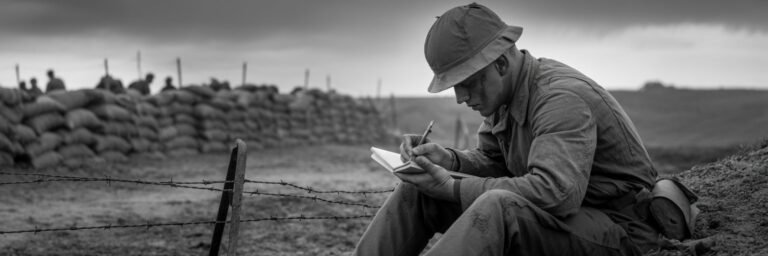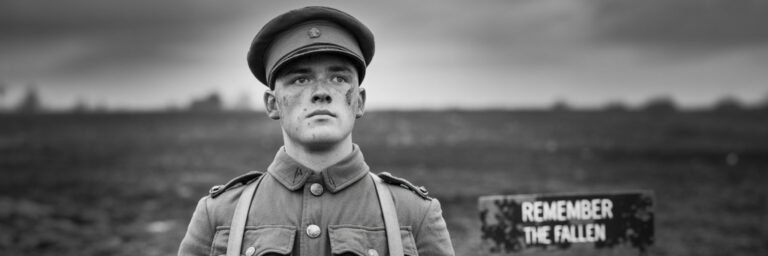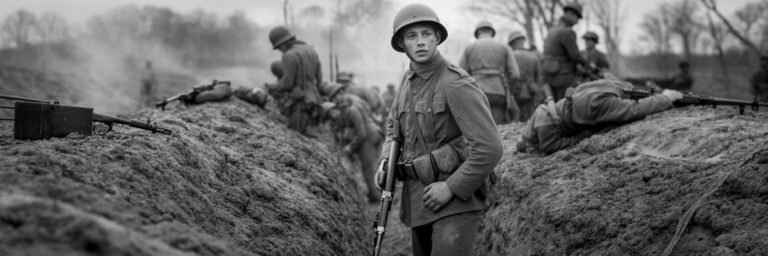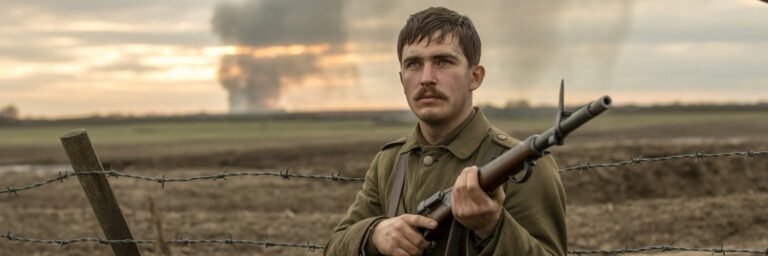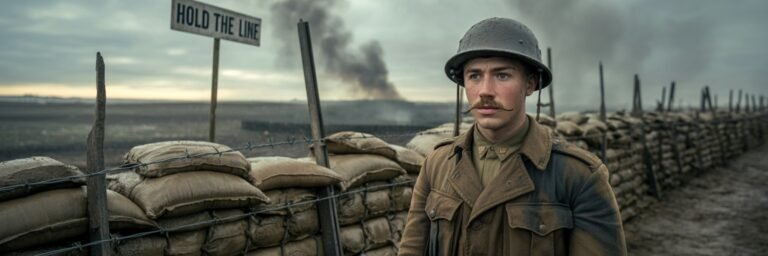INTRODUCTION
The turn of the twentieth century represented a dramatic shift in global power dynamics, teetering on the edge of immense change, thanks to rapid technological innovation, and escalating international tensions. These factors would ultimately collide cataclysmically during World War I, a conflict of extraordinary violence that would hinge largely on the weapons of war developed during this era. The World War I battlefield was a brutal testing ground for experimental warfare technologies, which reshaped the nature of combat forever.
HISTORICAL BACKGROUND
The late 19th and early 20th centuries were a time of remarkable technological and scientific evolution. The image of war, still bathed in the romantic and heroic glow of nineteenth-century warfare, was about to be desecrated by the destructive power of technology. From early aircraft and tanks to machine guns and chemical weapons, World War I saw the introduction and improvement of weaponry that would dictate battle strategies and influence combat techniques for the rest of the 20th century.
The introduction of machine guns, rapid-fire weapons capable of mowing down troops far more efficiently than previous firearms, rendered the traditional tactics of assault obsolete. The British Vickers and the German MG08, both water-cooled, heavy machines that required teams of soldiers to operate, fired hundreds of rounds per minute, turning the open field charges of the past into suicide missions.
Moreover, WWI marked the first significant use of military aircraft. Planes like the British Sopwith Camel and the German Fokker Dr.I not only altered how reconnaissance was conducted but also laid the groundwork for aerial combat or dogfights, with machine guns mounted on these aircraft transforming them into flying weapons platforms.
Despite the latter innovations, the most dramatic and feared weapon of World War I was gas. Chemical warfare, which saw its origins in the form of chlorine gas released by German forces at the Second Battle of Ypres in 1915, introduced an unprecedented horror to the battlefield, indiscriminately killing combatants and civilians alike.
THEORIES AND INTERPRETATIONS
Historians and military theorists have long debated the implications of World War I weaponry and the changes they instituted. The mainstream interpretation posits that the nature and scale of World War I weaponry necessitated adaptations in strategy, such as the widespread use of trench warfare.
Contemporary historian Martin Gilbert suggests that machine-gun fire redefined open warfare, initiating the retreat into trenches for protection against this relentless onslaught. Additionally, in the earlier years, armies failed to use tanks effectively, deploying them individually rather than in coordinated groups, thereby undermining their potential effectiveness. This interpretation is supported by historians like John Terraine and Gary Sheffield.
There is a contrasting leftist interpretation, though, by historians like Niall Ferguson. This view critiques the military leadership of the time, charging Generals with unimaginative strategies and inflexibility in adapting to new weaponry, leading to unnecessary loss of life. The deadly war of attrition on the Western Front, the infamous Bloodletting, is presented as evidence of this shortcoming.
MYSTERIES AND CONTROVERSIES
World War I and its weaponry are not without their quandaries and controversies. For instance, despite being outlawed by the Hague declaration of 1899, hollow-point bullets were produced by both sides, although rarely used. The debate surrounding their limited deployment and the legal and moral implications persist to this day.
Another intriguing mystery surrounds the usage of shotguns by American troops. Known as “trench brooms,” these were despised by the Germans who argued that the weapon caused unnecessary suffering, and even threatened to execute captured soldiers found in possession of shotguns. However, despite protests, these remained in use, their part in close-quarters combat an enigma buried in the annals of warfare history.
SYMBOLISM AND CULTURAL SIGNIFICANCE
World War I weapons were more than harbingers of death—they were profound symbols and instruments of progress and dread that deeply influenced the cultural expression of the time. In literature, poets like Wilfred Owen, with his chilling account of a gas attack in “Dulce et Decorum est,” captured the horrendous nature of chemical warfare. The advent of flight in warfare, on the other hand, held a romantic, adventurous appeal, with the legendary Red Baron representing a heroic, chivalric archetype of pilots.
The grim battlefield littered with the remnants of rusty barbed wires, gas masks, and shell casings has long served the metaphor for the mechanized despair of battle. Visual arts, particularly the Dadaist and Surrealist movements, found potent symbols in the detritus of war, representing the senselessness of the conflict and the traumatized post-war consciousness.
MODERN INVESTIGATIONS
Modern studies into World War I weaponry continue to shed new light on the period’s tactics and strategies. One focus area of research includes advancements in ballistic technology and the evolution of the German “Paris Gun,” the largest artillery piece of its time. Recent research has also examined the early anti-aircraft technologies developed to counter the emerging threat of aerial bombardment.
Contrary to the common perception of the war being fought primarily in trenches, recent scholarship has highlighted the far-reaching naval war, with emphasis on the destructive capabilities and strategic importance of submarines. Cutting-edge investigations into naval munitions are radically recontouring our understanding of the overall war strategy and its execution.
LEGACY AND CONCLUSION
The legacy of World War I weaponry is far-reaching and impactful. These weapons impelled a move toward mechanized warfare, a trend that continued through World War II and into the 21st century. Tanks, aircraft, submarines, and machine guns remain mainstays of modern military arsenals, while chemical warfare, despite International prohibitions, remains a fear lingering in the human psyche.
World War I also marked the beginnings of a trend toward weapons of mass destruction — an ominous foreshadowing of the nuclear age to come. Indeed, the horrifying legacy of chemical warfare, the power of machine guns, and the immersive war strategies were reminders of mankind’s genius and its capacity for self-destruction.
To conclude, the weaponry and warfare of World War I irrevocably altered our understanding of military strategy and the nature of conflict itself. The lessons learned then, positive and tragic, echo through time, hoping to impart wisdom lest history repeats its catastrophic past, causing the world to plummet into the abyss of another global conflict.


